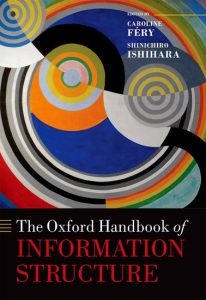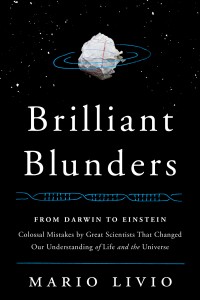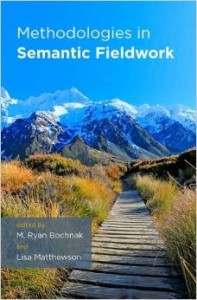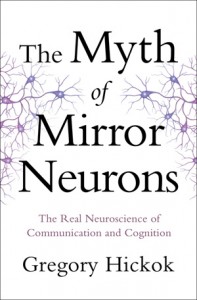Today in Nautilus:
“Impossible!” Feynman finally said. I nodded in agreement and smiled, because I knew that to be one of his greatest compliments.He looked back up at the wall, shaking his head. “Absolutely impossible! That is one of the most amazing things I have ever seen.”
From The Second Kind of Impossible: The Extraordinary Quest for a New Form of Matter by Paul Steinhardt. Copyright © 2017 by Paul J. Steinhardt. This is a fascinating book. Paul Steinhardt was a fellow fellow when I was at the Radcliffe Institute. I heard his story then. Here is a summary of his book from the publisher’s website.
“When leading Princeton physicist Paul Steinhardt began working in the 1980s, scientists thought they knew all the conceivable forms of matter. The Second Kind of Impossible is the story of Steinhardt’s thirty-five-year-long quest to challenge conventional wisdom. It begins with a curious geometric pattern that inspires two theoretical physicists to propose a radically new type of matter—one that raises the possibility of new materials with never before seen properties, but that violates laws set in stone for centuries. Steinhardt dubs this new form of matter “quasicrystal.” The rest of the scientific community calls it simply impossible.
The Second Kind of Impossible captures Steinhardt’s scientific odyssey as it unfolds over decades, first to prove viability, and then to pursue his wildest conjecture—that nature made quasicrystals long before humans discovered them. Along the way, his team encounters clandestine collectors, corrupt scientists, secret diaries, international smugglers, and KGB agents. Their quest culminates in a daring expedition to a distant corner of the Earth, in pursuit of tiny fragments of a meteorite forged at the birth of the solar system.”


 Landman’s dissertation goes further in arguing for a constraint that affects all object language variables and also rules out properties as possible values for them. Her ‘No Higher Types Variable Constraint’ (NHTV) restricts object language variables to the semantic type e of individuals.
Landman’s dissertation goes further in arguing for a constraint that affects all object language variables and also rules out properties as possible values for them. Her ‘No Higher Types Variable Constraint’ (NHTV) restricts object language variables to the semantic type e of individuals.






